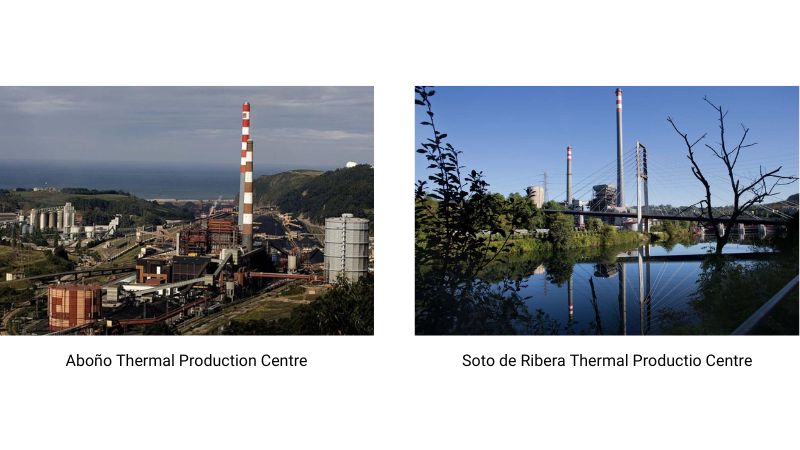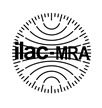EDP, with its thermal production centres in Aboño and Soto de Ribera, needed to obtain reliable measurement data with high availability (100% or very close to it) and, of course, in compliance with the applicable legislation.
In order to achieve these objectives, EDP has relied on Envira to ensure the perfect functioning of the communication and data transmission systems, as well as the comprehensive maintenance of all the elements that make up the emission measurement and control systems (CEMS) and the monitoring systems of the desulphurisation and denitrification plants, as well as the network of air quality stations of the Asturias Thermal Power Plants.
Characteristics of the thermal power plants of the EDP group in Asturias
EDP has its main production centre for the whole of Spain in Asturias and has ambitious transformation plans for the Aboño and Soto de Ribera sites.
Aboño Thermal Production Centre
The Aboño Thermal Power Station, located between the towns of Gijón and Carreño, has been a stable source of electricity for Asturian industry for 50 years.
It currently has two generating units (Aboño 1 and Aboño 2) with the capacity to simultaneously use different solid, liquid and gaseous fuels (coal, fuel oil and blast furnace gases and coke battery), but in the near future EDP plans to transform this strategic site into the cradle of green hydrogen.
Soto de Ribera Thermal Productio Centre
The Thermal Production Centre in Soto de Ribera is strategically located due to the availability of cooling water, good communications and proximity to the Asturias coal fields.
This Thermal Production Centre has 3 units, two of which are combined cycle units using natural gas as fuel.
These combined cycles have advanced design criteria and the latest combustion technology, enabling them to achieve high performance while complying with strict environmental requirements in terms of atmospheric emissions.
As in Aboño, in the coming years the company could turn this site into a reference centre for the storage of renewable energy and new uses for green hydrogen.

Maintenance and features of emission equipment

The continuous emission monitoring system installed in all the stacks of each plant are identical in their basic components and consist of an extraction system for SO2, NOx, O2 and CO/CO2 gases with sample conditioning and “in situ” monitoring of particle concentration, NH3 and pressure and temperature measurement.
There are also measurement systems at the inlet and outlet of the NOx reduction plant (SCR) and the desulphurisation plant. Both groups have SO2, O2 and opacity analysers installed before and after the absorption tower and NOx and O2 analysers before and after the catalyst.
In the emission, desulphurisation and denitrification plants, various operation and maintenance activities are carried out at different frequencies, such as
- Checking the correct operation of all equipment.
- Calibration of the analysers with standard gas.
- Checking the tightness of the circuit from the sampling probe to the inlet of the analysers.
- Cleaning and maintenance of the area where the analysers are installed.
- Repair or replacement of auxiliary elements with prior authorisation from EDP Spain.
In order to comply with legislation, the equipment is kept in continuous operation, responding to breakdown alarms that are dealt with in the shortest possible time.
Maintenance is carried out in accordance with the UNE 14181 standard of NGC3 (Quality Assurance During Operation).
Maintenance of the Air Quality Monitoring Network

The ambient air quality monitoring network of the Aboño Thermal Production Centre consists of 8 automatic stations, while the CPTSR network consists of 4 stations; between them they monitor the following parameters
- SO2
- NO2
- PM10 and PM 2.5
- CO
- O3
- Meteorological parameters
The monitoring stations in the ambient air network are equipped with a data acquisition system that records the data generated by each analyser and meteorological parameter.
These data are transmitted to a central computer server where they are stored in a database. From there, they are sent to EDP Spain’s environmental management systems, which continuously forward them to the relevant environmental authorities.
All the stations in the immissions network have a maintenance plan that, in addition to checking the main elements, computer and communication elements, meteorological sensors and all the ancillary elements, such as air conditioning, electrical protection, pneumatic systems, the internal state of the stations, their external state, etc., as well as the correct functioning of the data transmission and acquisition systems, among other operations, also checks the correct functioning of the data transmission and acquisition systems.
Maintenance of systems for data acquisition, transmission, processing and reporting to the administration

Data is collected and processed at the stations using the appropriate hardware and software, and is sent in real time to the control centre where it is stored and made available for use by the customer.
The system allows access to the temporary and validated data information from any point in the computer network and allows the data to be pre-validated, as well as a graphical display of the data to facilitate its review and validation.
Envira’s work with the maintenance service is to check the perfect communication of the data measured by the stations and the emission system, thus guaranteeing the correct operation of the system.
In addition, the system is fully compatible with that of the Autonomous Administration, guaranteeing the daily transmission of both temporary and validated data for both the immissions and emissions networks, generating reports identical to those available to the Administration.
In this respect, Envira is also responsible for ensuring that data transmission complies with the requirements, transmission frequency and format of the files to be exchanged with the Public Administration.










